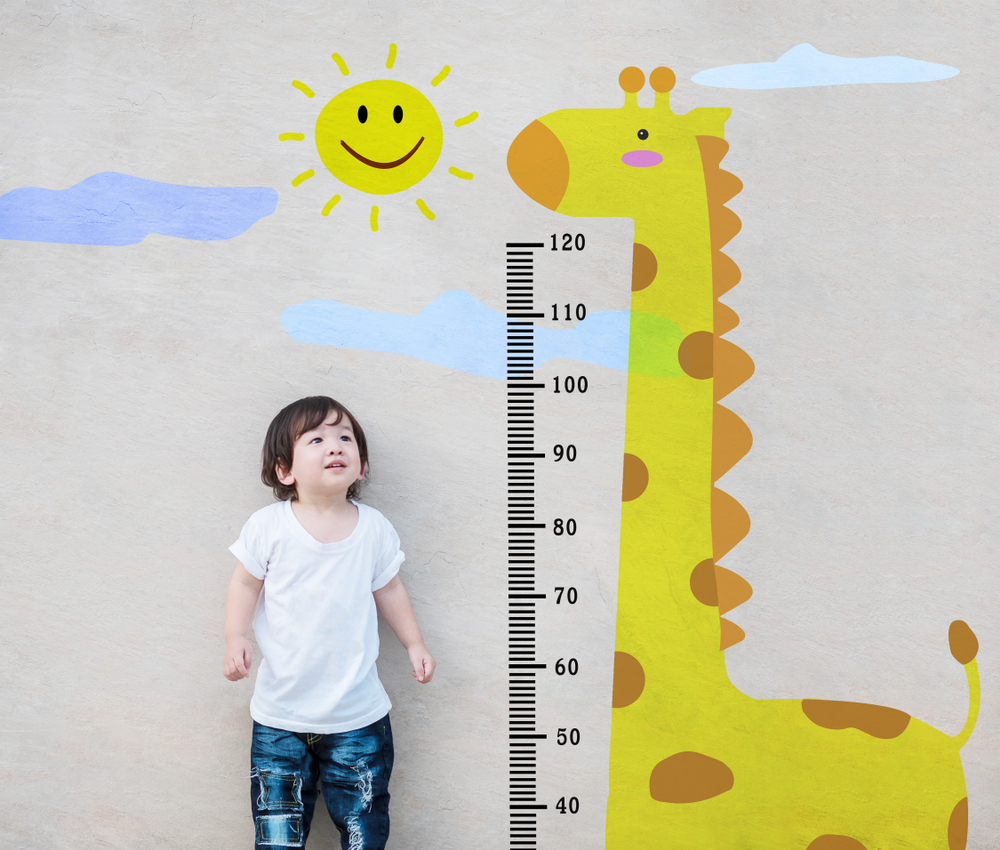Normal Measurement Worksheets for Ages 4-7 - Page 2
34 filtered results
-
From - To
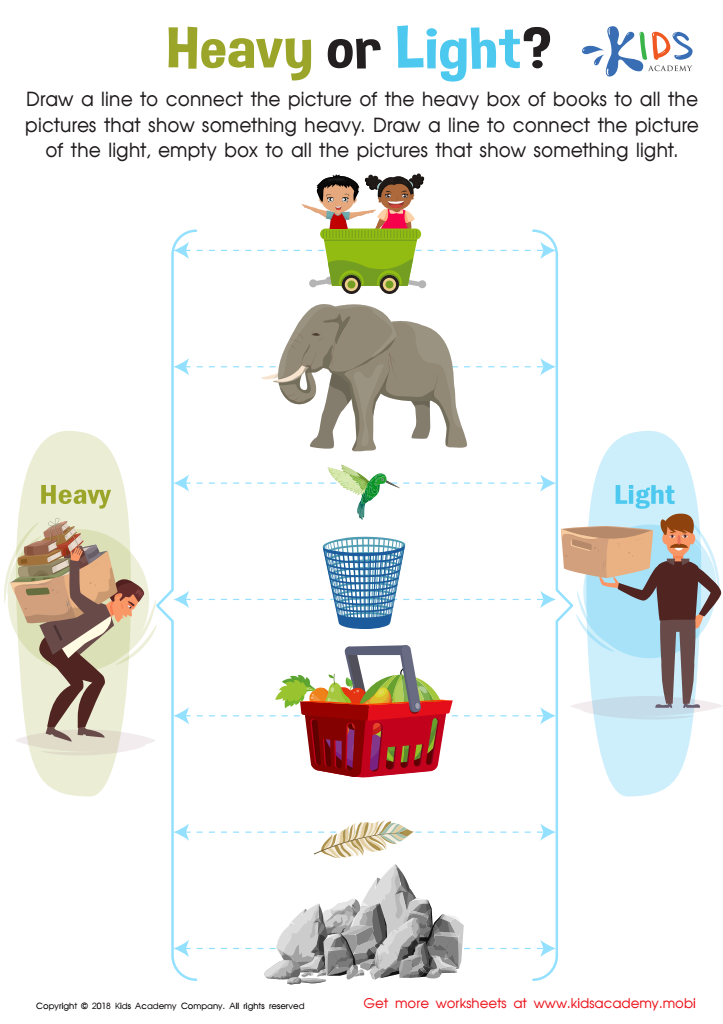

Heavy or Light? Worksheet
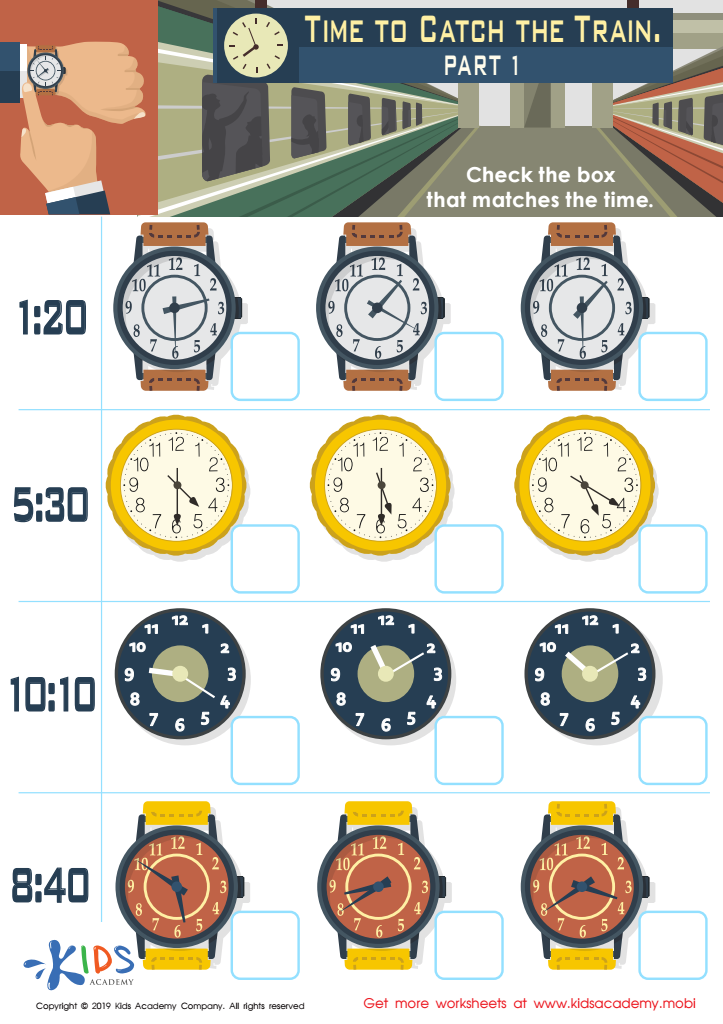

Time to Catch the Train Part 1 Worksheet
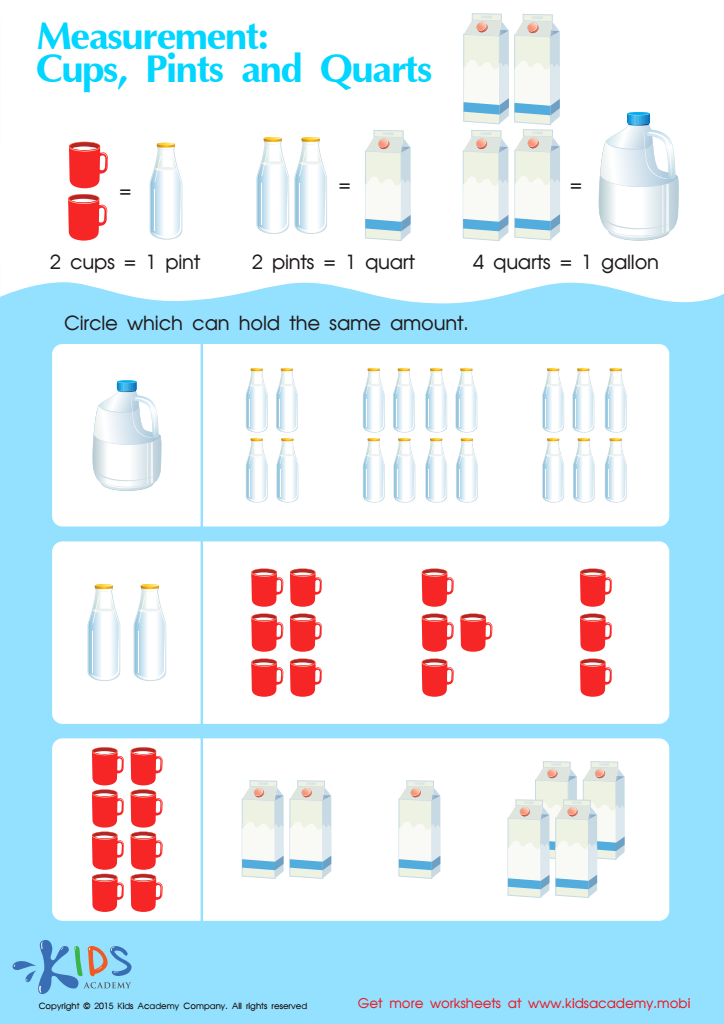

Cups, Pints and Quarts 2 Worksheet
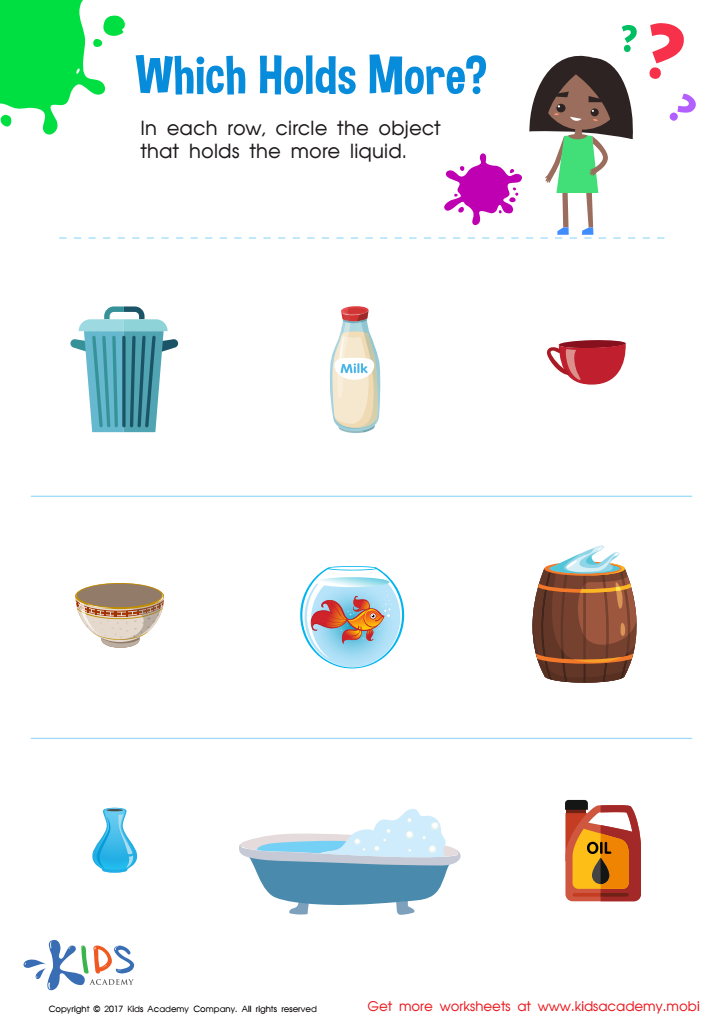

Which Holds More: Capacity Worksheet
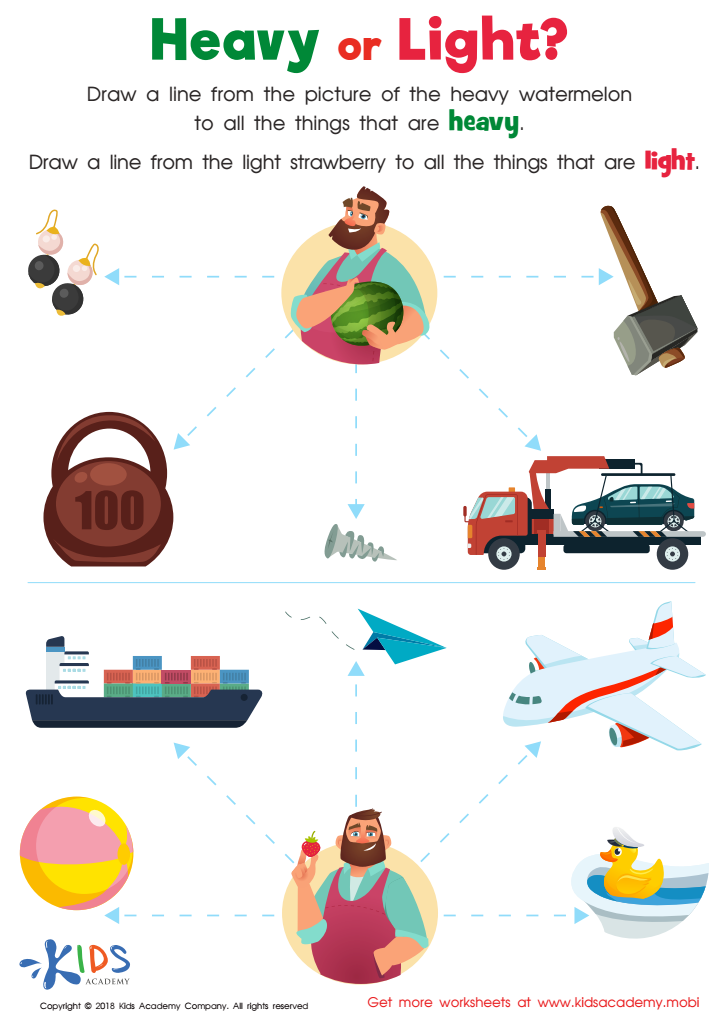

Heavy or Light? Worksheet
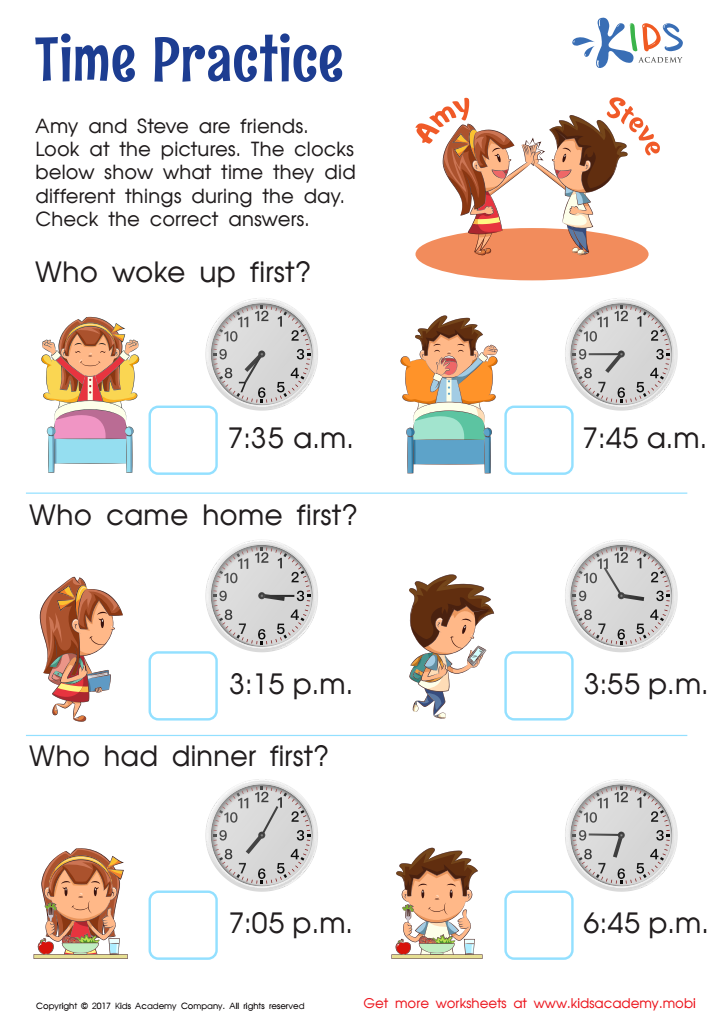

Time Practice Worksheet
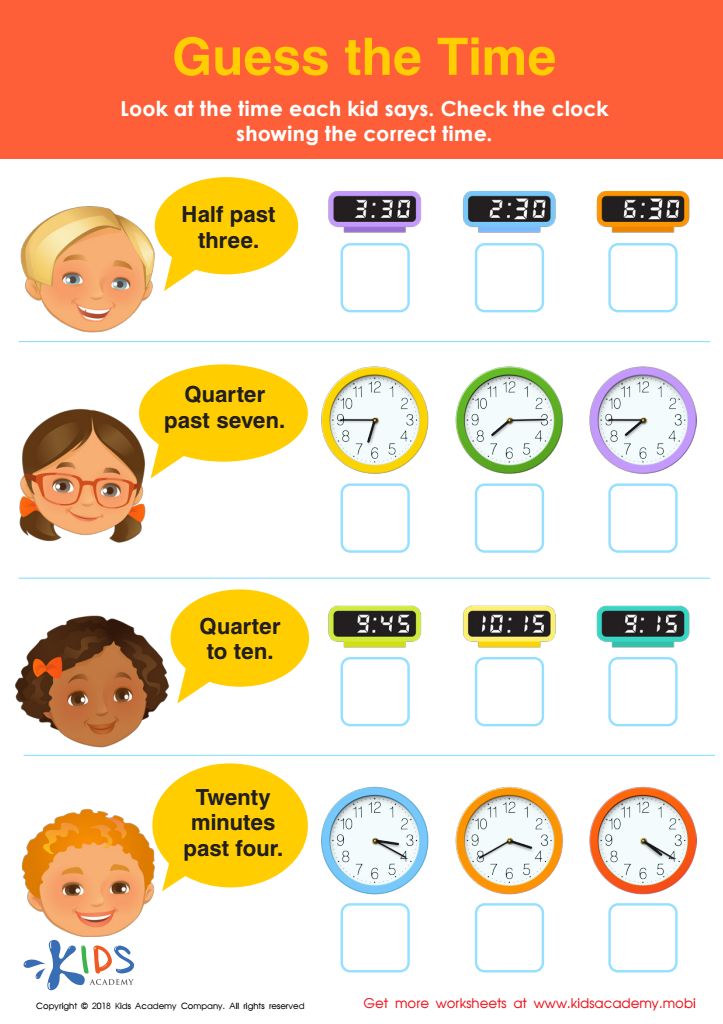

Guess the Time Worksheet
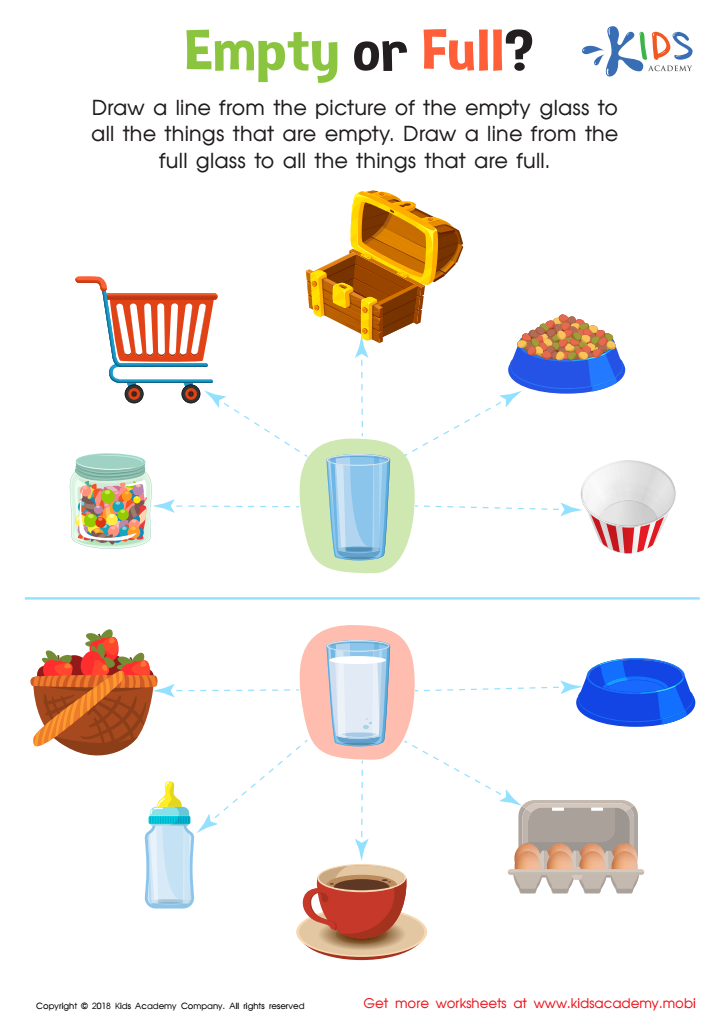

Empty or Full? Worksheet


Time to Catch the Train Part 2 Worksheet
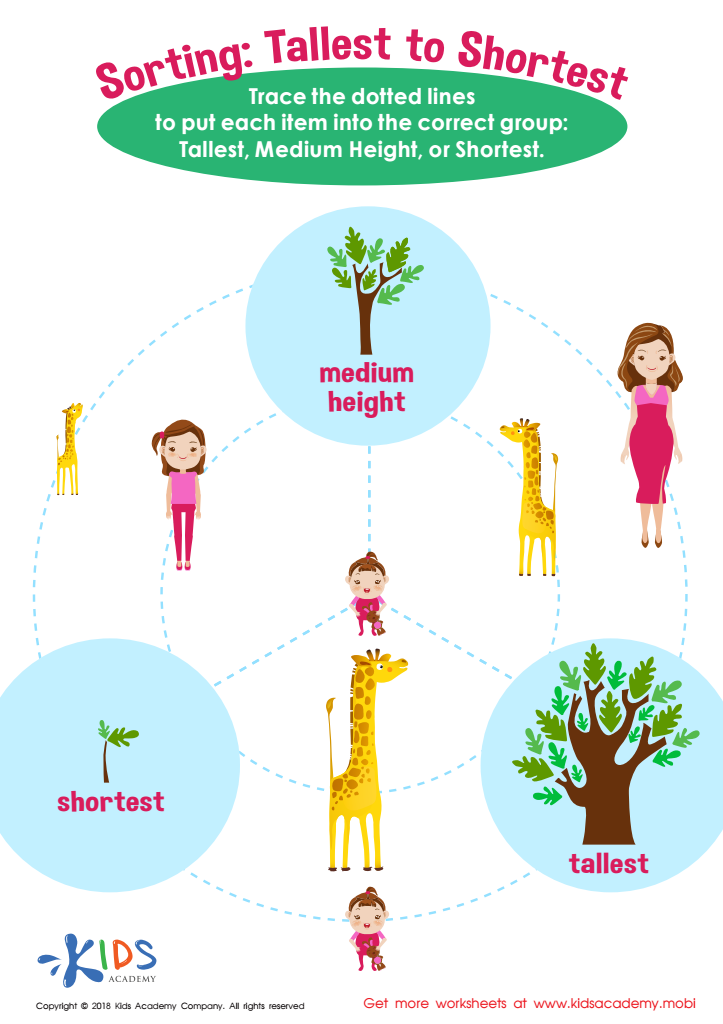

Sorting: Tallest to Shortest Worksheet
Understanding normal measurement concepts is crucial for children aged 4-7 as it lays the foundation for their mathematical development and everyday problem-solving skills. During this formative stage, children are naturally curious and eager to engage with the world around them, making it an ideal time for parents and teachers to introduce measurement concepts.
Normal measurement encompasses various dimensions, such as length, weight, capacity, and time. By familiarizing children with these concepts, educators and parents can help enhance their observational skills and critical thinking. For instance, when children learn to compare the lengths of different objects or how to measure ingredients while cooking, they are not only grasping measurement but also engaging with math in a hands-on, meaningful way.
Moreover, grasping measurement helps children develop spatial awareness and the ability to classify and organize information. It fosters language development as children learn necessary vocabulary to describe size, quantity, and order. Encouraging play-based activities that involve measurement promotes collaboration and communication skills as they work in groups or with family members.
In conclusion, nurturing understanding of normal measurement in early childhood supports essential mathematical skills, cognitive development, and practical life skills necessary for future learning.
 Assign to My Students
Assign to My Students










